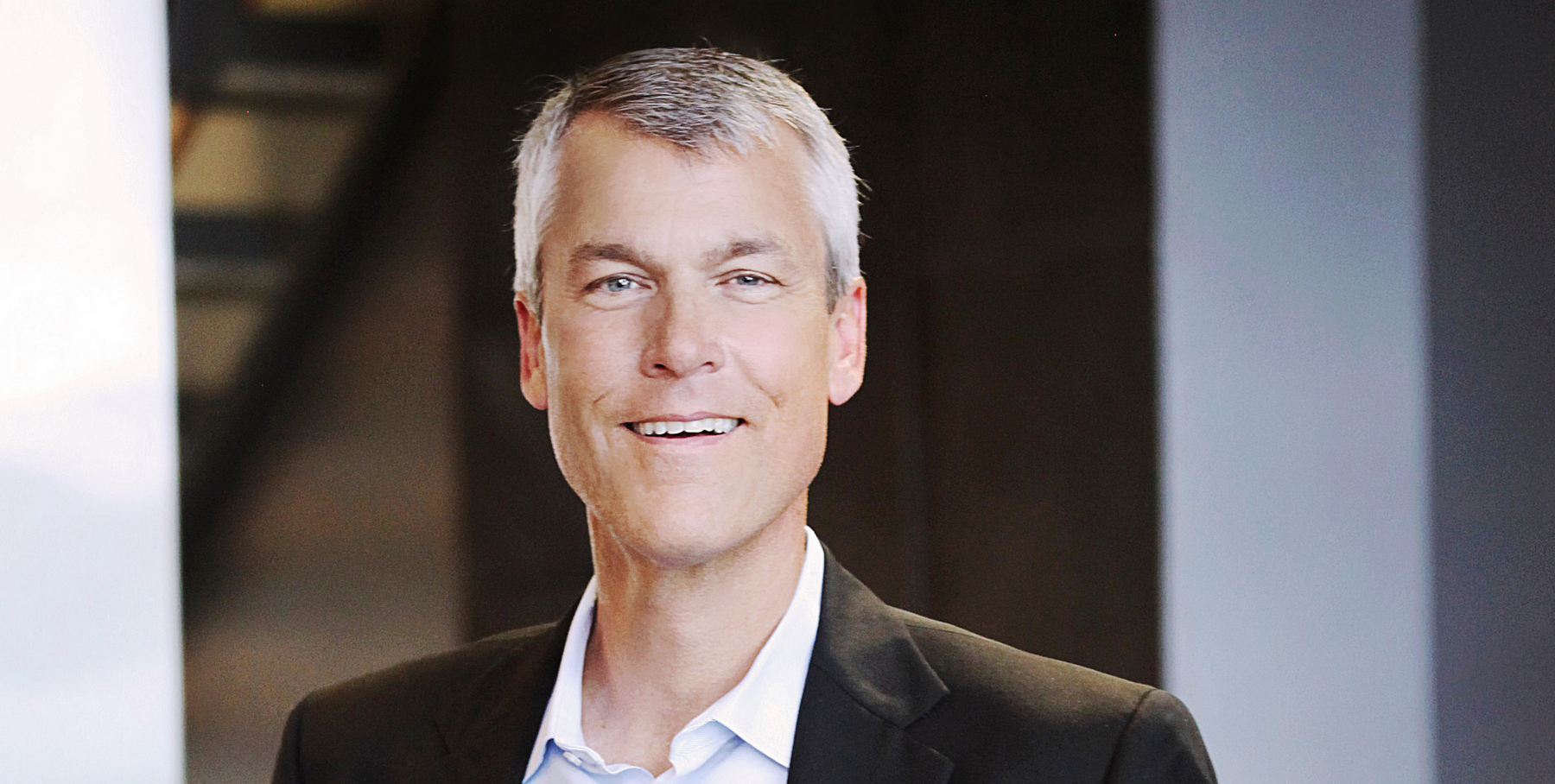
Episode Description
Do you and your team members suffer from DSD — Distracted, Stressed, and Disconnected?
Sure, you believe what your team is doing is important and you believe in the people on your team, but…
- You’re working over 60 hours a week
- You’re behind target
- You’ve lost customers
- Your resources are dwindling
Worse, you go home exhausted and give your family the only thing you’ve got … leftovers. You’d love to find a way to turn your team around, but how?
On the podcast this week, Donald Miller interviews Craig Ross, one of the authors of Do Big Things: The Simple Steps Teams Can Take to Mobilize Hearts and Minds, and Make an Epic Impact.
Craig wants teams to get big results without losing their souls. He’ll take you through 7 essential steps teams must execute to do extraordinary things while making DSD a thing of the past.
When your team has heart, you’ll not only get the job done, you’ll become legendary within your company and your family.
Step #1: Commit to the Human Imperative
Craig explains the human imperative as living our values with one another.
There are a lot of buzzwords floating around the office. Words like trust, respect, collaboration, and communication. While these values are necessary to team success, they’re intangible. If you want ideals to become realities that flow naturally between your team members, you must commit to behaviors that will lay the groundwork.
No team is going to do big things until the team members care about each other.
While business imperatives may please your stakeholders, it’s the human imperative that gets the job done.
Craig cautions to carefully choose ways to build trust within the company. Your team will know you’re disingenuous if you’re just checking a box on the to-do list labeled Build Trust or Improve Communication.
“No team is going to do big things until the team members care about each other,” Craig says.
Step #2: Embody Success (and Leverage Failure)
“Houston, we have a problem,” Jim Lovell says to NASA mission control.
This phrase is still quoted by anyone experiencing an unforeseen emergency. The award-winning movie, Apollo 13, inspired viewers because it depicted a team of people working together to overcome seemingly insurmountable odds.
NASA launches a rocket into space, but there’s an explosion on board. The astronauts have to scrap their plans for exploring the surface of the moon and figure out how to get a malfunctioning spaceship home. Many members on the ground team think it’s impossible. But watch this clip to see how Gene Krantz (played by Ed Harris) embodies success.
On your team, do you have a plan for problems that may arise? Something goes wrong — a customer calls and cancels an order. Or a budgeting miscalculation has your team facing a devastating shortfall. A leader crashes and it feels like the company is going down with it.
“Teams that do big things embody success in these key moments,” Craig says, “because they have a process for thinking and acting in all circumstances.” They’ve already anticipated trouble and identified how they’re going to respond if it shows up.
(Spoiler alert!) In what some consider a miracle, the NASA team prevail and they bring their astronauts home to their families and their country. Your team can meet a trial successfully too by reframing a problem as a chance to show your “finest hour.”
Step #3: Choose to Contribute, Activate, and Connect Across the Business
“The average person makes about 35,000 decisions a day,” Craig says.
It follows (and experts back this up) that equipping your team to make better decisions is paramount. In his research, Craig and his co-authors noticed that highly successful teams are making three very specific decisions more effectively than other teams.
Here are the three decisions you and your team members should focus on:
The contributor decision. Bring your best to the situation. Unfortunately, most people make this decision conditionally and it’s killing your team’s effectiveness. Craig says instead of waiting for someone else to be “all-in”, commit to bring your full self to the team and make efforts to ensure successful outcomes — unconditionally.
The activator decision. Bring out your team member’s best in this interaction. This means you’re willing to say, “I’m going to set you up for success.” Craig says that teams that do big things usually have an I’ve-got-your-back mentality among the team members.
The connector decision. Collectively connect to your network of teams within your enterprise, Craig points out. When you’re exchanging information with a purpose to increase productivity and efficiency, you’ll save time and money and avert risks because other teams have different perspectives on the problem.
If you and your team-members focus on making these three key decisions, you’ll notice a difference in how your team runs. Tasks will take less effort. You’ll avoid time-wasting hassles. And you’ll see progress and results.
Step #4: Exercise Your Barrier-Breaking Authority
This means you should focus on your authority to choose your response, especially in regards to difficult events, Craig says. Rather than complaining or blaming, enable your team to control what they can influence.
Craig gives an example from one of his clients to illustrate his point. Tillamook is a dairy co-op in the Northwest. A few years ago, because of unexpected events, dairy prices shot through the roof and Tillamook took a big hit from the futures market. At the beginning of their fiscal year, they faced a $40 million deficit.
Patrick Criteser, the CEO, could have done what a lot of leaders in his position do. Give up, blame others, or play the victim. Even though leaders are empowered to make decisions, they often surrender their authority to choose how to respond and acquiesce to what appears to be the inevitable end.
Exercising your barrier-breaking authority means you refuse to allow the circumstances to determine your thinking and actions.
But exercising your barrier-breaking authority means you refuse to allow the circumstances to determine your thinking and actions.
“They remain optimistic, even when the data says they shouldn’t because they know what they’re capable of and what’s possible,” Craig says.
Instead of just doing the traditional leadership protocol of cutting costs, resorting to base prices, and driving efficiencies, the Tillamook team asked each other, “What can we do more of? What can we learn?”
At the fiscal year’s end, they just about made up the 40 million and they learned something new about their company — they had what it takes to become a premier brand.
The next time you face a challenging circumstance that wasn’t supposed to happen, focus on your power to choose how to respond. Enable your team to work with the circumstances they can control and influence wherever possible. By doing so, your team may accomplish the impossible.
Step #5: Focus On What Matters
I love this step because team focus has brought some powerful results to our company.
About two years ago, StoryBrand’s key word was focus. Our second key word was no. We decided to kill off everything that wasn’t about our main objective — to help people clarify their message and grow their business. In 12 months, StoryBrand doubled its revenue.
Craig says teams that do big things say no to whatever tempts them away from their goal. But he adds that when he says focus on what matters, he’s talking about the business and the people. The business tends to be the focus. The temptation is to forget who you’re with.
What usually happens is people ignore the human component until it becomes dysfunctional, and then they realize they need to focus on people, he points out.
Your goals should be about building stronger people and partnerships so you can deliver the performance that really matters.
“Your goals should be about building stronger people and partnerships so you can deliver the performance that really matters,” he says.
The teams that are doing big things go a layer deeper. They’re affecting the business and the human component right in the moment. When you keep a healthy balance between focusing on growing your revenue and growing the people who bring in the revenue, you’ve discovered a sweet-spot that will make you money and create a healthy working environment.
Step #6: Energize Around a Shared Reality
Notice that this step does not say a shared vision.
Why?
Craig explains with an example. In national politics and social issues, there is a large divide that keeps us from having a meaningful conversation or moving forward as a team. A good example is the Black Lives Matter movement and the cops community.
Even though we have a shared vision — we all long for safety and peace for ourselves and our families, we have different perspectives. Since perspectives drives perception and perception drives reality, it’s really difficult to communicate.
“If we don’t have a shared reality, we’re done,” he says. “We’re doing small things.”
This means you need to understand the information and the problem you’re facing before moving to a solution.
This will take time.
People in the group who are quick to find solutions will feel impatient. Yet, if we don’t take time to really understand, we might create a rift in the team.
In Craig’s words: “In too many arenas and communities, people are experiencing self-inflicted wounds through persistent attacks on one another.”
Take the time to make sure varying perspectives are heard and understood. When people stop being idealistic and start working out a shared reality, big things happen. Your team will have the traction it needs to make progress.
“We must have a shared reality if we’re going to get energized about our future,” Craig says.
Step #7: Mobilize Hearts and Minds Forward
Finally, Step #7 is about rolling up your sleeves and getting to work. It’s about executing the plan.
As teams enter this phase, many team members spend their time at a basic level, asking beginning questions, such as:
- How are we going to do it?
- What’s next?
- What’s the agenda?
- When do we have to have it done?
If your team wants to do big things and make an epic impact, you’re going to have to elevate your thinking and actions to meet the challenge.
But if you want your team to conquer something more than How do we meet the requirement?, you better do some preparation. Craig is a white-water rafting aficionado and he compares elevating your team goals to rafting through higher classes of rivers.
“Class 3 rapids means you better be buckled up and have your stuff together because the ride is going to be crazy,” he says. “A Class 5 river is like taking on the Grand Canyon.”
If your team wants to do big things and make an epic impact, you’re going to have to elevate your thinking and actions to meet the challenge.
—
Whether you’re a team that has been together for years, a newly formed team, or every member on the team only knows each other virtually, you can quickly mobilize your team to accomplish big things by following these 7 steps. You and your team members will get massive results without suffering from DSD and you’ll have full hearts for work and home.

5 Things Your Website Should Include
If your website is missing these key elements, you’re most likely losing easy sales or leads. Our free video series shows you how to fix it.
Executive producer: Tim Schurrer
Additional production and editing: Chad Snavely










